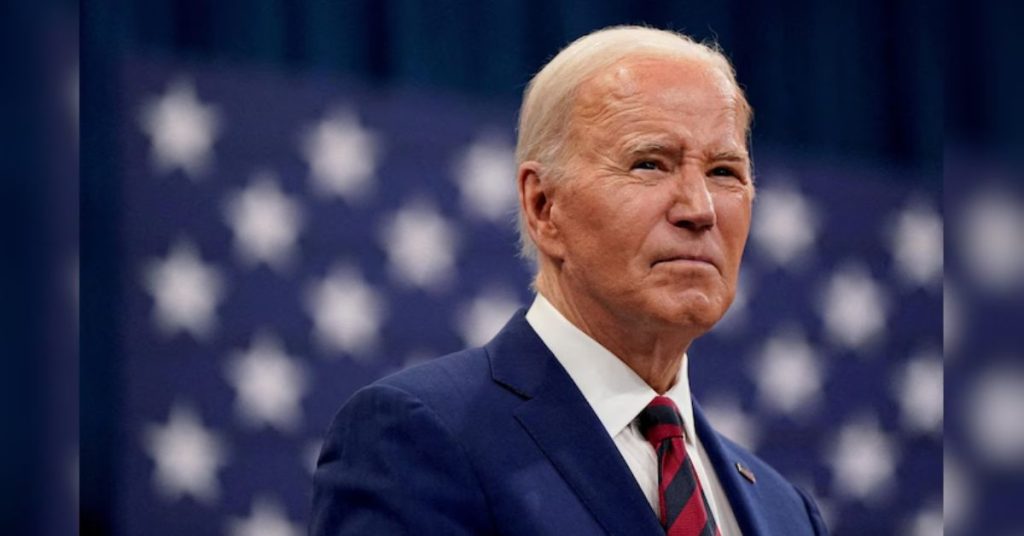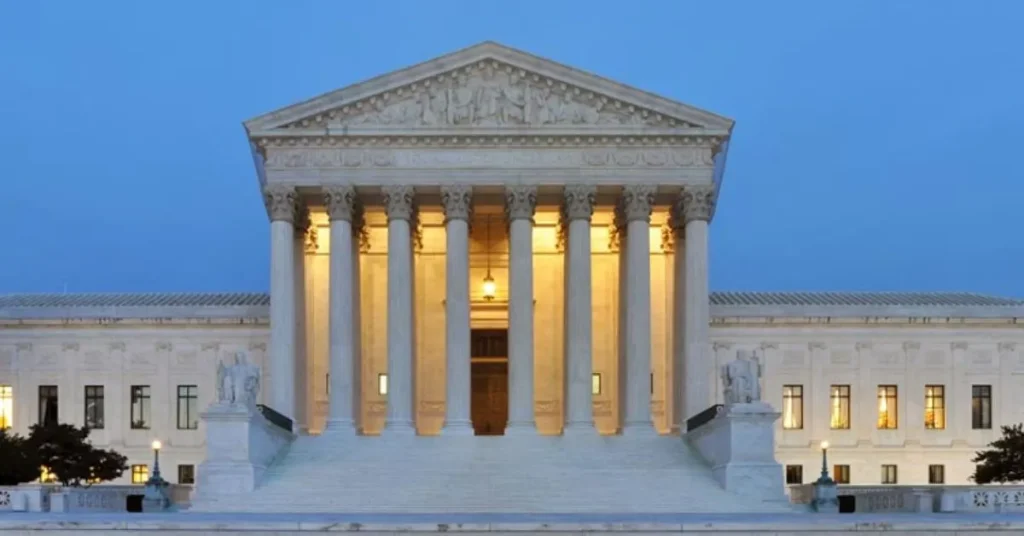Scott Richardson, who lives in Swarthmore, Pennsylvania, voted for John F. Kennedy as president for the first time in 1972.
The 2016 election saw Richardson vote for Donald Trump, a Republican. In the end, though, Richardson picked Democrat Joe Biden over Trump because he was disappointed with how Trump handled the COVID-19 pandemic.
Richardson, a former restaurant owner, said, “It’s almost 50/50 who I have voted for?” when asked about the political views of the presidents he has chosen over the years. “It has nothing to do with [political party].” It was almost like I was choosing a person.
Richardson can change the outcome of national elections because she lives in a “swing state,” which is one of only a few places that can sometimes vote Republican and sometimes vote Democratic.
Out of every 100 states that voted between 2000 and 2016, 38 of them chose the same political party. However, split states are less reliable.
States like Pennsylvania have been important to political campaigns and analysts for a long time because they give politicians a chance to win Electoral College votes, which are very important. They’ve also been able to change the outcome of elections in recent years.
“Swing states have become more than just states that go back and forth,” said David Schultz, editor of Presidential Swing States: Why Only Ten Matter and professor of political science and legal studies at Hamline University. “Because other states are so reliably voting a certain way, these are the few states that will decide the presidential election.”
What do swing states mean? For what reason do so few states have so much political power? Is it also fair?
The Electoral College is where it all begins
There is no such thing as a “swing state” because of the way the U.S. runs its presidential elections, which is unlike any other country.
The national popular vote is not used to choose leaders in the United States. “There are 50 separate state elections plus the one in the District of Columbia,” Schultz said. George W. Bush in 2000 and Trump in 2016 were both chosen president even though they lost the popular vote (see chart below).
People chosen by all 50 states and the District of Columbia are called electors. After the election, they send their votes for president and vice president to Congress based on how the votes are counted in their area.
The electors are split evenly between Maine and Nebraska. The other 48 states and the District of Columbia, on the other hand, have a winner-take-all system, which means that all of their electors go to the candidate who gets the most votes.
That person gets all of that state’s electoral votes if they win that state by even a small amount. Florida, a swing state, was the only place where the 2000 presidential race between Bush and Al Gore came down to a mere 537 votes.
Schultz says that this wasn’t what the Framers had in mind when they made a system that they thought would keep bigger states from having an unfair edge in national elections.
He said, “The idea behind the Electoral College was to make sure that small states wouldn’t be forgotten.” “However, we have known for at least 150 years, and maybe even longer, that some states decide the election.”
What does a swing state mean?
Schultz says that a swing state is defined by four different factors:
There is a war going on in the state. Between Memorial Day and Labor Day, a lot of presidential candidates and their campaigns go to these places to try to get people to vote for them.
More and more people are speaking out against the Electoral College.
More and more people are speaking out against the Electoral College.
On the other hand, it’s a competitive state. Because Schultz was running for president, that means the winning candidate got less than 5% of the vote.
Third, this state is thought to be a bellwether. Over the past few elections, the winner of the state has gone on to win the presidency. Some states have been good at figuring out who would win the White House in the end.
This is the fourth part: the “flippability factor.” Does this state go back and forth between parties? For instance, Pennsylvania voted for Obama in 2012, Trump in 2016, and Biden in 2020.
Not every person in a swing state is a swing voter. According to Schultz, the election for president this year could depend on more than just split states and counties. It’s possible for 5% of votes in five counties across five states to decide the winner of this year’s election, he says.
“For me, this election for president comes down to about 150,000 voters who make the difference,” Schultz said.
A diagram with squares for each U.S. state, with the size of the squares based on the number of electoral votes each state has and the color based on who is expected to win the presidential election in that state. Expected results: Trump will get 219 votes, Harris will get 226 votes, and 93 votes will not be decided. Twenty-four Election
Harris’s rise continues as she stays tied with Trump in these key states.
According to NPR, the states to keep an eye on this fall are Nevada, North Carolina, Pennsylvania, Georgia, Michigan, Arizona, Wisconsin, and North Carolina.
Which states swing and which ones don’t?
It’s not always the case that swing states stay swing states, and other performers that have been reliable can become toss-ups. Arizona only recently became a swing state. Florida and Ohio, on the other hand, have been swing states for a long time but have always voted Republican.
Politicians say that a state can become a swing state or become strongly blue or red for a number of reasons.
For instance, growing political polarization is making partisan differences across the country even wider.
The movement of people within the U.S. for work, retirement, and other reasons can also lead to changes in a state’s racial and ethnic makeup, which can affect the government structure of the area. Other things may also play a part.
“That’s an interesting part of the puzzle, the migration patterns,” said David Damore, a University of Nevada, Las Vegas professor of political science and coauthor of Blue Metros, Red States: The Shifting Urban/Rural Divide in America’s Swing States. “When blue state voters leave, where do they go? Do they bring their blue state politics?”
Additionally, Damore noted that social issues are largely replacing economic differences and driving the political conversation in swing states. He cited several examples, including North Carolina’s transgender bathroom bill in 2016 and Georgia’s “fetal heartbeat” abortion law in 2019.
According to him, the battleground right now is in the second first-ring suburbs around cities that used to be much more solidly Republican. “But that has become very good for Democrats because the agenda is changing and social issues are getting more attention.”
What effect do swing states have on national politics
Also Read After Recent Article:
Campaigns often spend a lot of time and money in split states because they can decide who wins the presidency.
“It changes how resources are used in huge ways,” Damore said. “They don’t hold presidential elections in California.” You can’t get away from Nevada.
People may not vote as much in other parts of the U.S. where partisan majorities are stronger because of the influence of swing states. They may think their vote doesn’t count. People think that if they know their state will vote Republican, there’s no reason to vote Democratic.
Some studies have even suggested that highly important swing states might get some extra money from the federal government.
This is how the Electoral College picked the president of the United States.
Due to the Electoral College, swing states have a lot of power, which Schultz says has made presidential elections less fair, especially for people in non-swing states who want to be heard.
“‘One person, one vote’ is supposed to work in presidential elections, but that doesn’t mean everyone has the same amount of power,” he said. “In reality, some votes are more important than others.”
People have tried to make things different. States would give all of their voters to the winner of the national popular vote instead of the winner of that state. This is called the National Popular Vote Interstate Compact, and it is an attempt to get around the Electoral College. Even though it wouldn’t get rid of the Electoral College, it would make the president chosen by the people. The idea has become law in seventeen states and the District of Columbia.


